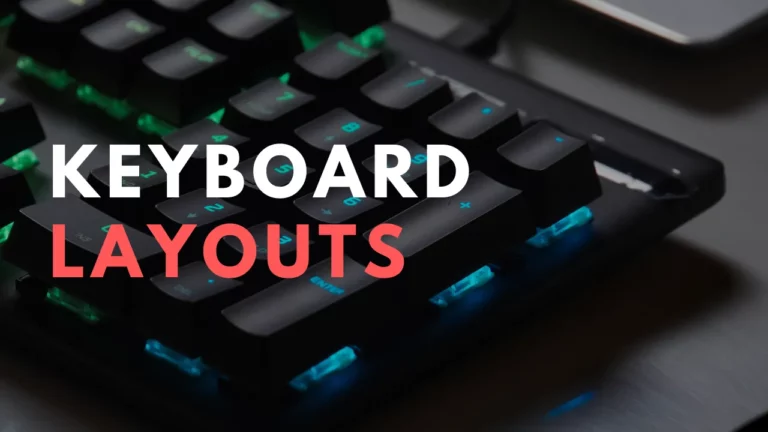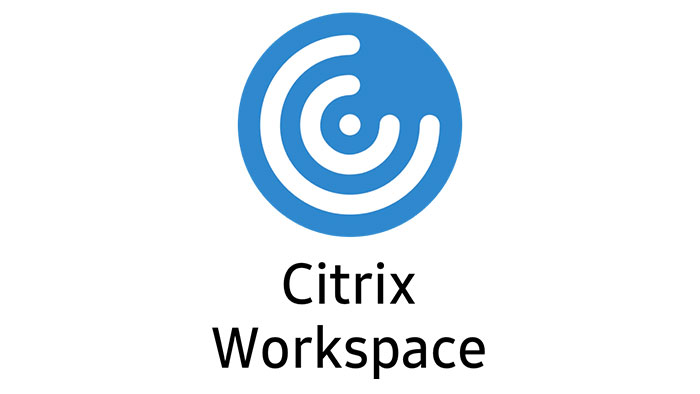Play-Testing as a Viable Path to Income
With the development of the video game industry as a dominant force in the global entertainment market came the growth in ancillary support roles ancillary to the development process.
Among these, play-testing is both a vital part of product development and a starting place for those wishing to profit from contact with the medium.
Whereas previously held to be ancillary or fringe in nature, play-testing today has become an orderly process with, under specified conditions, feasible sources of sustained revenue.
The Strategic Purpose of Play-Testing in Game Development
Play-testing is not gameplay per se; instead, it is an organized review procedure designed to check a game’s mechanics, user interface, balance, coherence of the story, and technical soundness prior to release.
Play-testing is done at different stages in the process—alpha, beta, and release candidate versions—each to be used with different types of feedback.
For developers, play-testing is a double-edged sword. On one hand, it serves to discover gameplay imbalance, emergent player actions, and edge cases that internal teams may overlook due to their familiarity with the system.
On the other hand, it serves to validate user experience, ensuring the interface of the game, difficulty curve, and progress are inline with the intended design philosophy.
These findings are then translated into iterative design improvements and critical bug fixes, which have a direct impact on the commercial and critical achievement of the finished product.
In effect, the amount of value ascribed to well-made, hard play-testing increased in relation to the size of the budget and the complexity of modern games.
Developers, including AAA publishers and indie studios alike, have now institutionalized play-testing processes drawn from both external and internal testers, sometimes sourced out or crowd-sourced, to achieve solid coverage.
Among the more innovative approaches to incentivizing broad participation in this phase are online games that pay real money to players.
These titles blur the line between monetized gameplay and structured feedback, enabling players to earn by engaging with pre-release systems or real-economy environments while contributing to the evaluative needs of developers.
Monetization Models: From Volunteer Feedback to Paid Testing Roles
There is a wide range of compensation schemes within the play-testing industry, ranging from unpaid volunteer effort to fully salaried positions.
For the majority, entry into paid play-testing is through beta tests or feedback schemes offered by developers. These early experiences may not be remunerated but do introduce experience with the expectations and processes required by more formal play-testing employment.
Structured paid play-testing jobs typically arise in two dominant forms: contract-based external testing and internal QA employment. Contract testing is often project-based and hourly-paid, with the testers hired through third-party vendors, agencies, or directly by developers.
Compensation varies widely depending on the budget of the studio, the tester’s location, and the type of engagement.
Some of the large publishers have perpetual contracts with testing agencies that provide on-demand teams of testers, while independent developers may hire freelancers or use agencies that support micro-payments for individual testing tasks.
In-house QA testers, in contrast, are generally hired part-time or full-time and integrated into the development cycle of the team. They are officially onboarded, assigned bug-tracking tasks, and regularly provided with internal documentation and developer tools access.
Pay for such positions is usually lower than that of other technical positions in the gaming industry, but frequency and predictability of payment make it a more plausible option for individuals seeking steady pay.
Demographic Forces and Remunerated Access to Play-Testing Opportunities
Access to pay play-testing depends on many demographic and logistical factors.
Geographic location close to game development hubs such as Los Angeles, Montreal, Tokyo, or Warsaw can prove a big push toward obtaining face-to-face QA positions. However, this hindrance has been lessened to a degree through enhanced remote labor and cloud-based testing equipment allowing play-testers based in peripheral locations to be a part of dispersed testing projects.
Technical expertise and education also affect earning levels.
While play-testing is often marketed as low-qualification work, more highly paid opportunities increasingly demand an understanding of software testing methodologies, familiarity with bug-reporting tools (such as JIRA or TestRail), and the ability to communicate feedback clearly and in actionable terms.
Those with prior experience in game development or user experience design can command higher rates and be assigned more challenging projects.
In addition, language skills are an essential consideration, especially in global testing when localization and cultural adjustment are primary issues.
Testers who are proficient in more than one language might be required to test regional material or determine the effectiveness of localization measures, adding another level of variety to the kinds of paid activities offered.
Conclusion
At its most ingenious deployment, play-testing is a node of convergence for labor, technical skill development, and entertainment.
While it may not equally provide the financial security of more stable technical roles, play-testing does provide significant economic contribution to a high-growth industry, particularly for an individual at the beginning of their career or seeking flexible, part-time employment.
Professionalization of play-testing as a role has elevated its prestige and underscored its value within modern game development pipelines.






